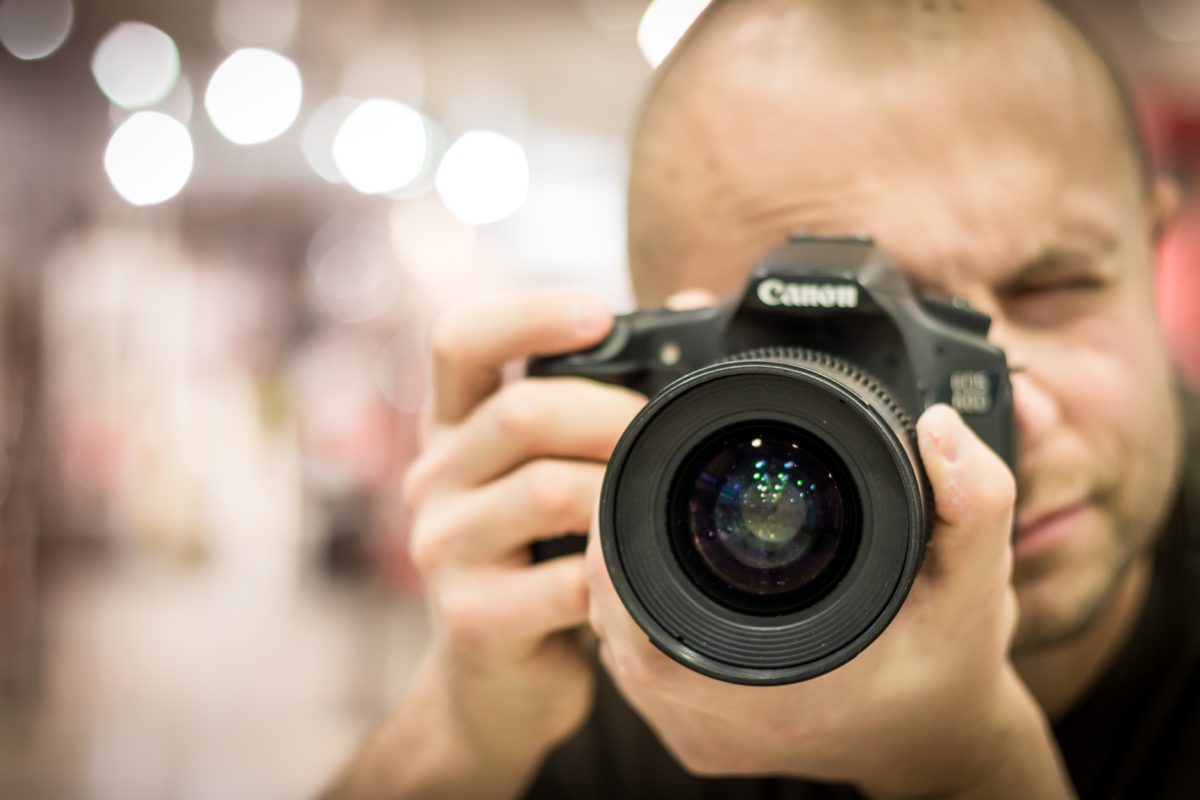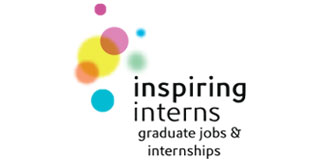
5 Things No One Teaches You About Freelance Photography
- May 6, 2017
- Cristina Trujillo
Some photographers come from a photography background. Their parents shot black and white images on the same classic cameras that they now own, they were born with their finger on the shutter.
Some bypass this stage and head to A-Level Photography, others hit art school. The lucky, rich or prepared ones get to study photography in some capacity at some point.
For this lot, the actual photography side of freelance photography might be a breeze, whereas the self-taught cohort has a lot more to struggle with.
However, every photographer enters a whole new world of difficulties after flying the student nest.
Whether an art student of undergrad or postgrad level, an amateur photographer with a family and full-time job, or photography fledgeling, here are five things which often get left out of the photography 101, and a couple of tips on how to tackle them.
Setting your rate
‘Am I charging enough?’ is a question every freelance photographer has asked themselves at some point, and which many keep on asking till the day they put down their camera for good.
Tip #1: value yourself. Unless you’re 13 years old and have never taken a picture in your life, you’re probably worth more than £12 per hour.
Tip #2: do your research. See what everyone else is charging and fit into that landscape.
Tip #3: be kind. A charity or startup art project might not be able to pay you £12 per hour but can pay you in countless other ways.
Getting an invoice template
A photography invoice should be clear and understandable. It doesn’t need to be designed to within an inch of its life (although if that’s your brand, go crazy). Here are some free invoice templates which work perfectly:
https://templates.office.com/en-us/Basic-invoice-TM00000042
https://www.crunch.co.uk/invoice-templates/
Don’t forget to make sure you have all information you need for the invoice long before you send it to speed up the process.
Getting a website live
Even if you have loads of clients through referral and social links and therefore no need to promote yourself, it’s still a good idea to have a professional website.
Sooner or later, someone will ask to see your work, and you’re going to want it ready to show them. A physical portfolio is great for art school, but for real life, an online portfolio is essential.
Build a beautiful free site on Wix and pay £5-10 monthly for your own domain name, which looks more professional than Wix.cristinatrujillo/Wix.wix.com.
Getting 3 professional social media channels
A website is the most important part of promoting yourself – it’s your portfolio. However, the optimum number of social channels to have to promote your business as a freelance photographer is 3. (Luckily, they’re free!)
Instagram is essential, LinkedIn is invaluable, and Facebook is the most widely used and accepted social channel. Post news about your work, opinions, photos and interesting articles.
Getting a business card
Once you have an online presence and have mastered weekly maintenance of your digital channels, it’s time to start thinking about your offline assets as a freelance photographer.
A physical portfolio is a beautiful thing to have, but arguably more important for a freelancer is a business card. If you’re on a tight budget, just print 100 to start off and be precious with them.
If you’re any good at networking during event and street photography, people will ask for business cards, and you should be giving them out to those who seem interested even if they don’t ask.
Cristina studied English Literature and Hispanic Studies at Queen Mary University of London and now works as a writer and photographer. Catch her on Twitter, LinkedIn and her website.
Inspiring Interns is a graduate recruitment agency which specialises in sourcing candidates for internship jobs and giving out graduate careers advice. To hire graduates or browse graduate jobs London, visit our website.







